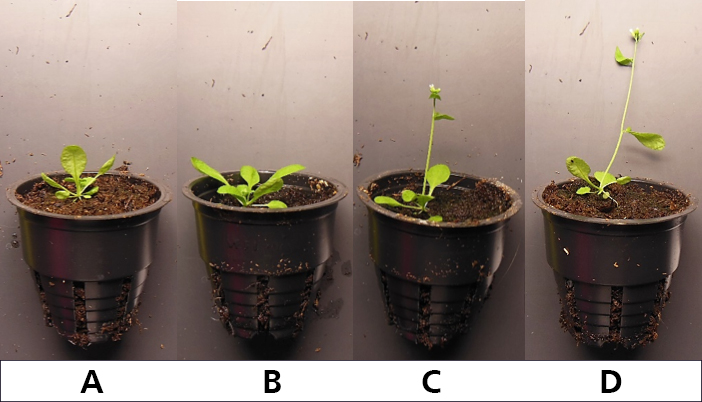Photon count is still king. That being said UVA is pretty interesting indeed.
In my opinion it is – up to a point – and then it isn't.
Photons = photsynthesis. But Spectrum = photomorphogenesis.
That means photosynthesis can be tuned via spectrum. Two good examples of this are the Emerson Effect – which can accelerate photosynthesis with the same number of photons simply by altering the red:far red ratio – and shade avoidance, which is also affected by red:far red. There are other examples.
We know plants can adapt and that the light antennae complexes of chloroplasts can evolve as the plant grows to use what light is available. But we also know there are limits to how much of each spectra the plant can use and how it will respond to different ratios of red to far red, red to blue, and far red to violet – not to mention ratios of red to green to blue.
There have been plenty of studies showing how different spectra can affect the growth of different types of plants, especially the red:far red ratios and red:blue. There's also evidence of how UV (A and B) and violet light can affect growth, terpene and cannabinoid production. I've posted up examples of studies throughout this thread, but there are many others out there for those willing to look.
We also know that photons can drive photosynthesis up to a point: after that point, when the chloroplasts are saturated, any excess light can cause heat build-up, with leaf temperature rises and eventual burning and bleaching.
So you need enough photons to maximise photosynthesis, but no more. And we can enhance photosynthsis – as well as alter photmorphogenisis (which can accelerate or retard different phases of growth) – by providing the correct ratios of certain types of light.
The question then becomes, what is the optimum amount and type of light for a particular plant at a particular phase of growth? You can throw all the photons you want at a plant, but if they are all green, the plant dies. And if they are all blue, then the plant is severely stunted. And if they are all red, then the plant will still not reach its full potential until a small amount of blue and green are added.
But I think we already know this.
Efficiency of a LED fixture is not hard to improve. But it is much harder to improve total LED fixture efficiency with a balanced spectrum.







